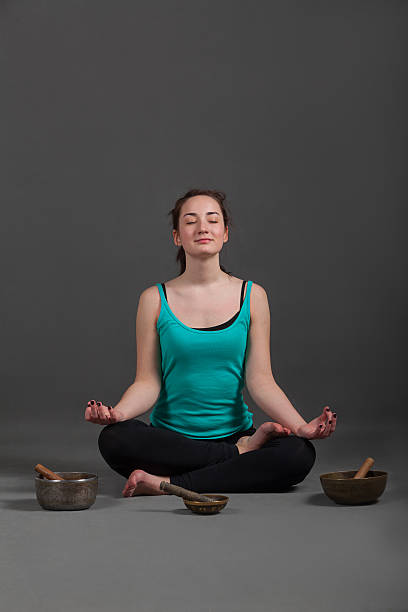General wellness involves a balanced approach to physical, emotional, and mental health. For teens, navigating the complexities of adolescence can be overwhelming. Establishing a foundation of good health habits early on is crucial. This includes balanced nutrition, regular physical activity, adequate sleep, and maintaining hygiene. By prioritizing these aspects, teens can boost their energy levels, maintain a healthy weight, and enhance their overall mood and brain function.
The Power of Physical Activity
Engaging in regular physical activity is a cornerstone of general wellness. For teenagers, this doesn’t necessarily mean hitting the gym. Activities like dancing, skateboarding, or playing sports with friends serve as excellent physical outlets. Regular exercise helps manage stress, improve cardiovascular health, and boost one’s mood through the release of endorphins, the body’s natural feel-good hormones.
Nourishment for the Body and Mind
What teens eat significantly impacts every aspect of their health. A diet rich in fruits, vegetables, lean proteins, and whole grains provides the necessary nutrients to fuel an active and growing body. Moreover, hydration plays a critical role in maintaining cognitive function and energy levels. Encouraging teens to drink plenty of water and limit sugary beverages can make a noticeable difference in their wellness.
Importance of Sleep
Sleep is often underestimated in its importance, especially among teenagers who face many distractions. Teens need about 8-10 hours of sleep per night for optimal health. A consistent sleep schedule and a bedtime routine that involves winding down activities can enhance sleep quality. This improves focus, academic performance, and mood.
Mindfulness Techniques for Teens
Mindfulness Techniques for Teens involves being fully present in the moment, aware of where we are and what we’re doing, without being overly reactive or overwhelmed by what’s going on around us. For teens, mindfulness techniques can be a powerful tool to enhance their mental wellness.
Starting with Breathing Exercises
Breathing exercises are a simple yet effective way to introduce mindfulness. Techniques such as the 4-7-8 method, where you breathe in for four seconds, hold for seven, and exhale for eight, can significantly reduce anxiety and bring about a sense of calm. Encouraging teens to practice this during moments of stress or before exams can help them manage their nerves.
The Role of Guided Imagery
Guided imagery is a practice where one uses calming visuals or environments to relax the mind and body. Teens can use this technique to combat stress or to prepare for stressful situations by envisioning positive outcomes. It’s a method of mental escape that allows for a temporary respite from daily pressures.
Journaling as a Mindfulness Exercise
Journaling is an excellent way for teens to express themselves privately. It provides a way to declutter the mind, reflect on personal experiences, and set goals. Regular journaling can enhance mindfulness by fostering a heightened awareness of one’s thoughts and feelings.
Cultivating Gratitude
Practicing gratitude can shift the focus from what’s lacking to what’s abundant. Encouraging teens to keep a gratitude journal or simply reflect on three things they are grateful for each day can enhance their overall outlook and mental wellness.
Conclusion
Incorporating general wellness tips and mindfulness techniques into the daily lives of teens can greatly improve their quality of life. These habits not only boost physical health but also enhance mental and emotional resilience. For more insights on nurturing wellness and mindfulness in teens, visit mywellnesshalo.com. Embracing these practices early can set the foundation for a healthy and fulfilling lifestyle.





